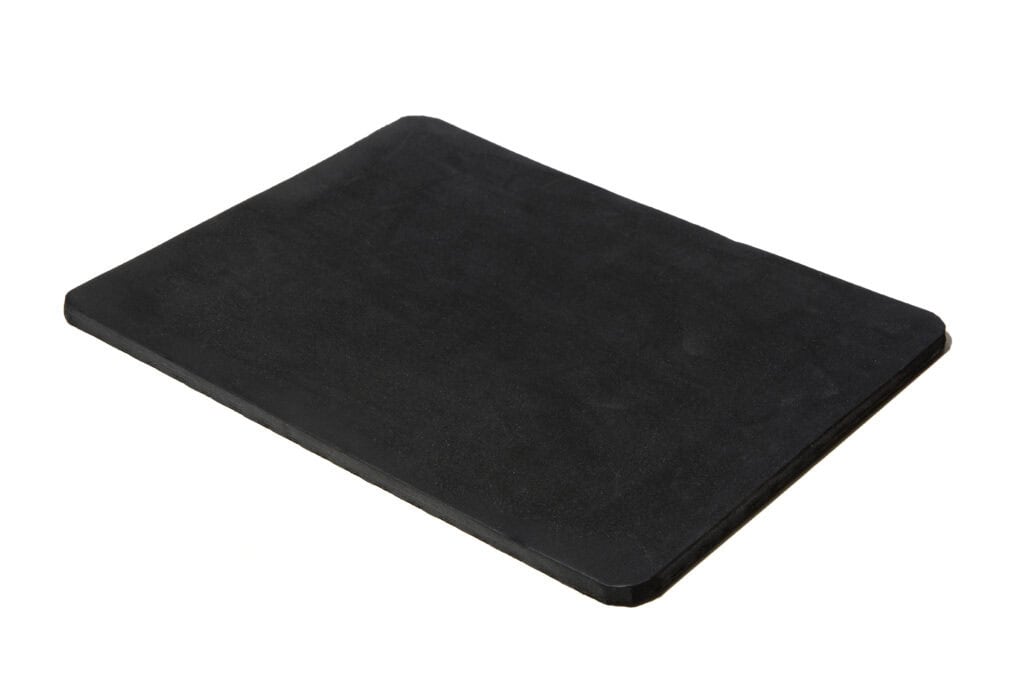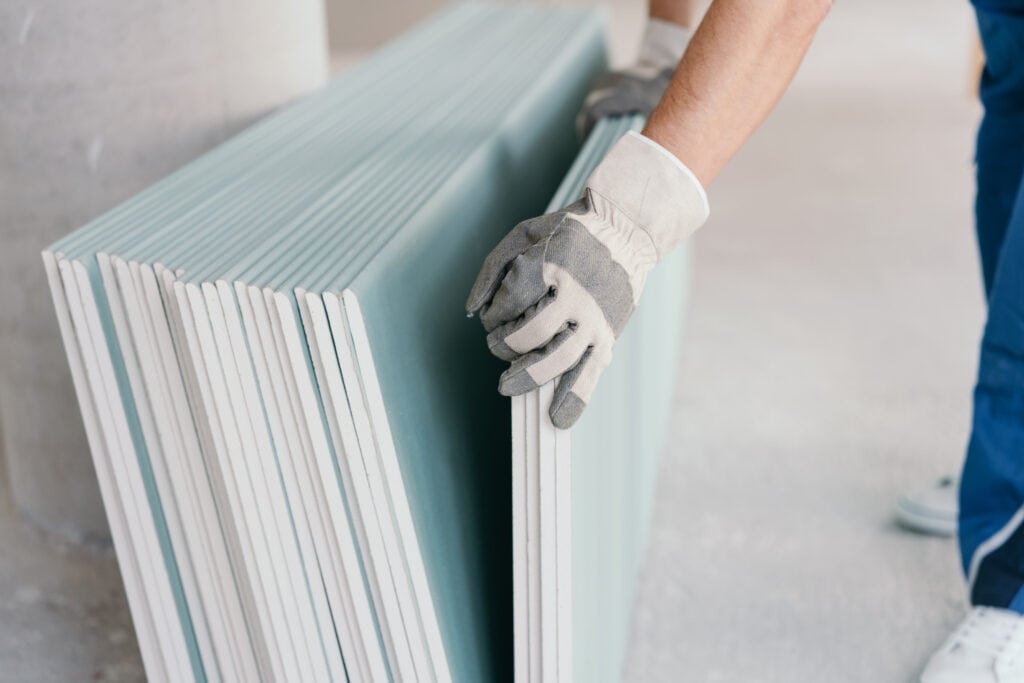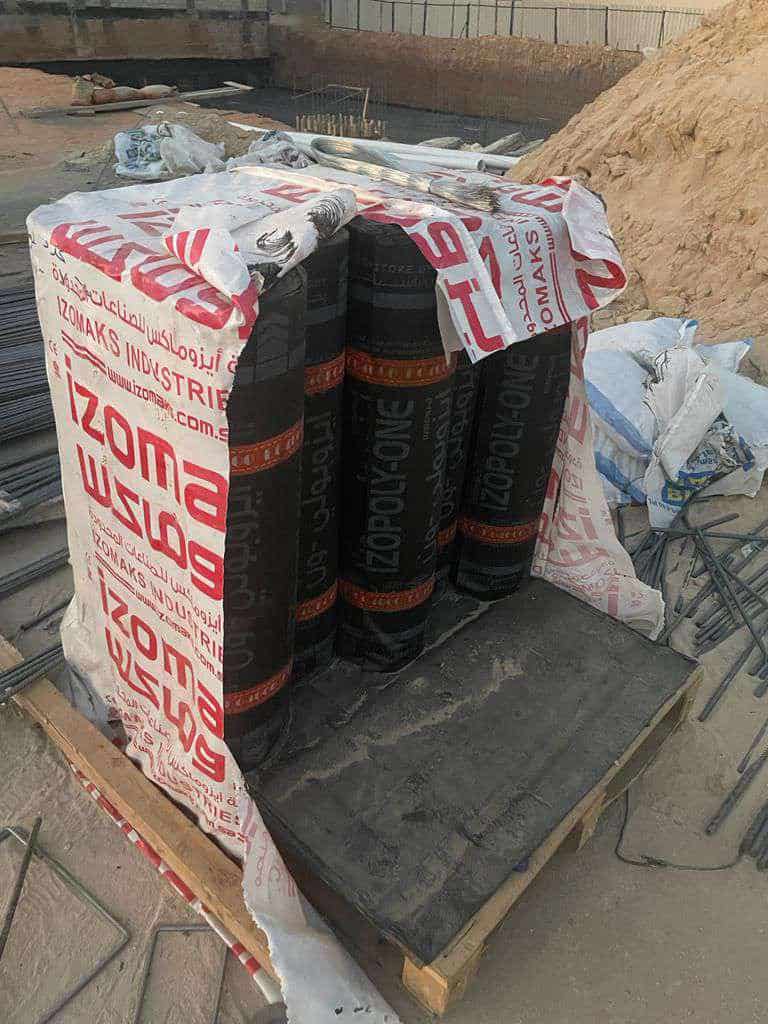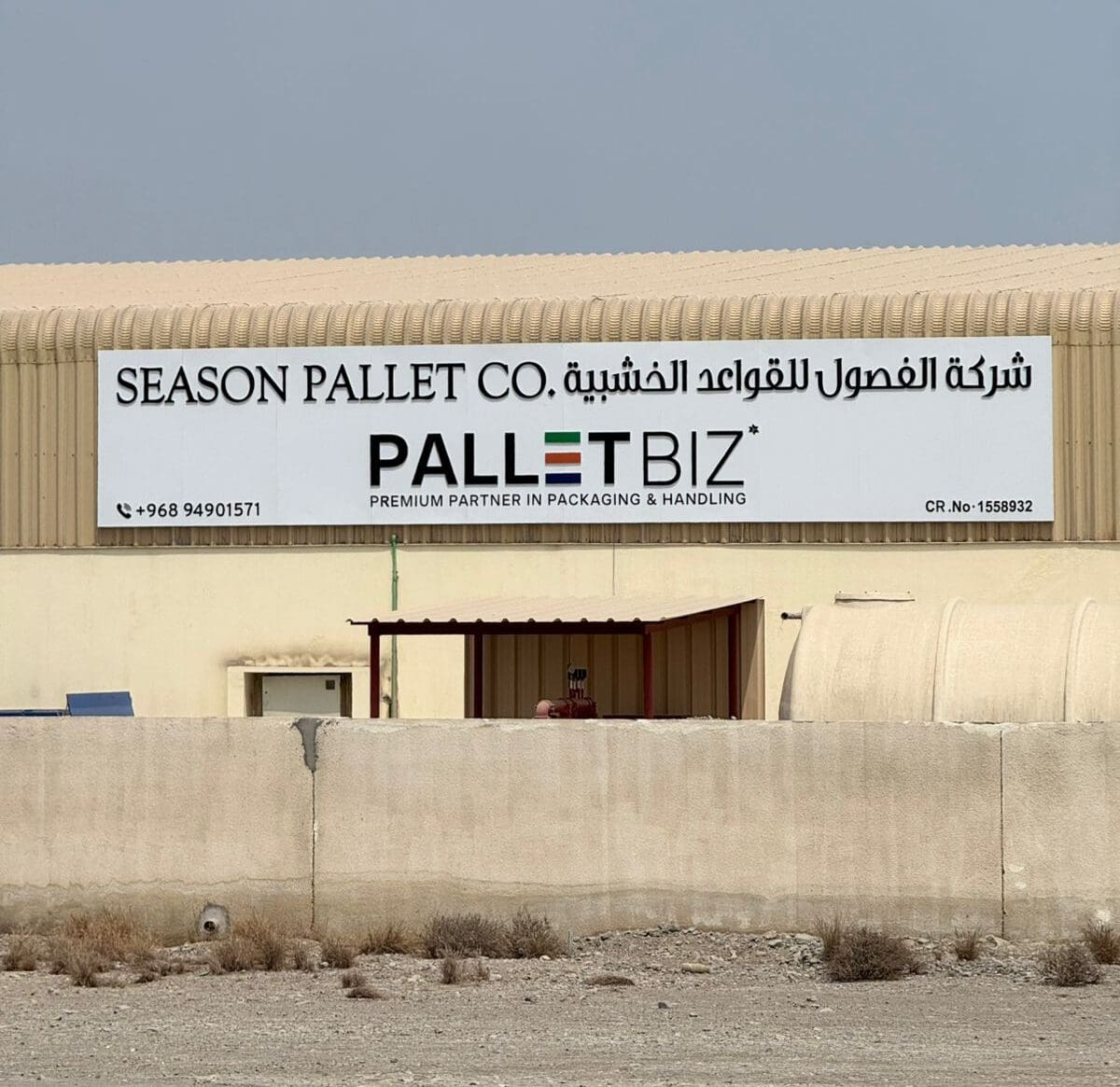How a Construction Company Can Avoid Drywall Damage with Improved Palletization
How a Construction Company Can Avoid Drywall Damage with Improved Palletization
- Insights
- Austria, Bahrain, Bulgaria, Denmark, Germany, Hungary, Kuwait, Moldova, Oman, Poland, Romania, Saudi Arabia, South Africa, United Arab Emirates
- Construction & Heavy Machinery
- Industry solutions
Drywall isn’t fragile – but it’s not indestructible either. Construction sites rely on clean, intact boards to finish interiors fast. Yet many companies face the same issue: gypsum boards arrive chipped, bent, or damp due to poor transport packaging.
For one construction firm managing multiple residential projects, repeated drywall damage led to delays, site complaints, and extra reordering costs. The problem? Stacks sliding on standard pallets and exposure to moisture during offloading.
Here’s how improved palletization helped them cut damage rates and streamline delivery.
Anti-slip pallets stabilized every stack
The company replaced basic wooden pallets with anti-slip models designed to grip drywall firmly. These included textured liners on the top deck and tighter board spacing to prevent sheets from shifting during transit.
Rubberized surfaces and friction mats helped hold the bundles in place, even when forklifts tilted them slightly on uneven ground. Result: fewer damaged corners, fewer on-site rewraps.
Custom pallet sizes made the difference
They also stopped using standard Euro pallets and switched to custom-sized bases made specifically for drywall. These were just wide and long enough to support the full length of each board – no overhang, no tipping.
That change alone prevented bending stress at the edges and reduced the risk of cracks.
Edge protectors and stretch wrap sealed the deal
Corner damage was a recurring issue. So they introduced plastic edge guards and started using stretch wrap to bundle sheets more securely. The wrap not only held the boards tight but helped shield them from dirt and scuffs during loading.
On export loads or outdoor deliveries, they added shrink hooders to keep rain and moisture out – especially important on longer hauls or when temporary storage happened on-site.
Bonus: moisture-resistant skids for long-term storage
Some drywall was stored on-site for weeks before use. By moving to moisture-resistant pallet bases (coated or composite skids), the company avoided ground-level moisture absorption.
Boards stayed straighter. Mold risks dropped. And installers finally stopped complaining about warped panels.



Fewer delays. Fewer claims. Better workflow.
With improved packaging, the company reduced drywall transport damage by over 90% in just two months. Deliveries were smoother. Fewer calls to replace damaged stock. Less wasted time on-site. That’s the real power of packaging done right.
Your boards should arrive ready to install – not ready for the landfill. Let’s make that happen.
Related publication

PalletBiz Opens New Facility in Sohar, Oman – Expanding GCC Footprint
October 10, 2025
- Press Releases
- Oman
- Group news

PalletBiz publishes Annual Sustainability Report
September 23, 2025
- Insights
- Austria, Bahrain, Bulgaria, Denmark, Germany, Hungary, Kuwait, Moldova, Oman, Poland, Romania, Saudi Arabia, South Africa, United Arab Emirates
- Construction & Heavy Machinery
- Industry solutions
Would you like to know more details?
Fill in the form or ask the chatbot to establish the contact with us














 English
English Germany
Germany Hungary
Hungary Poland
Poland Romania
Romania